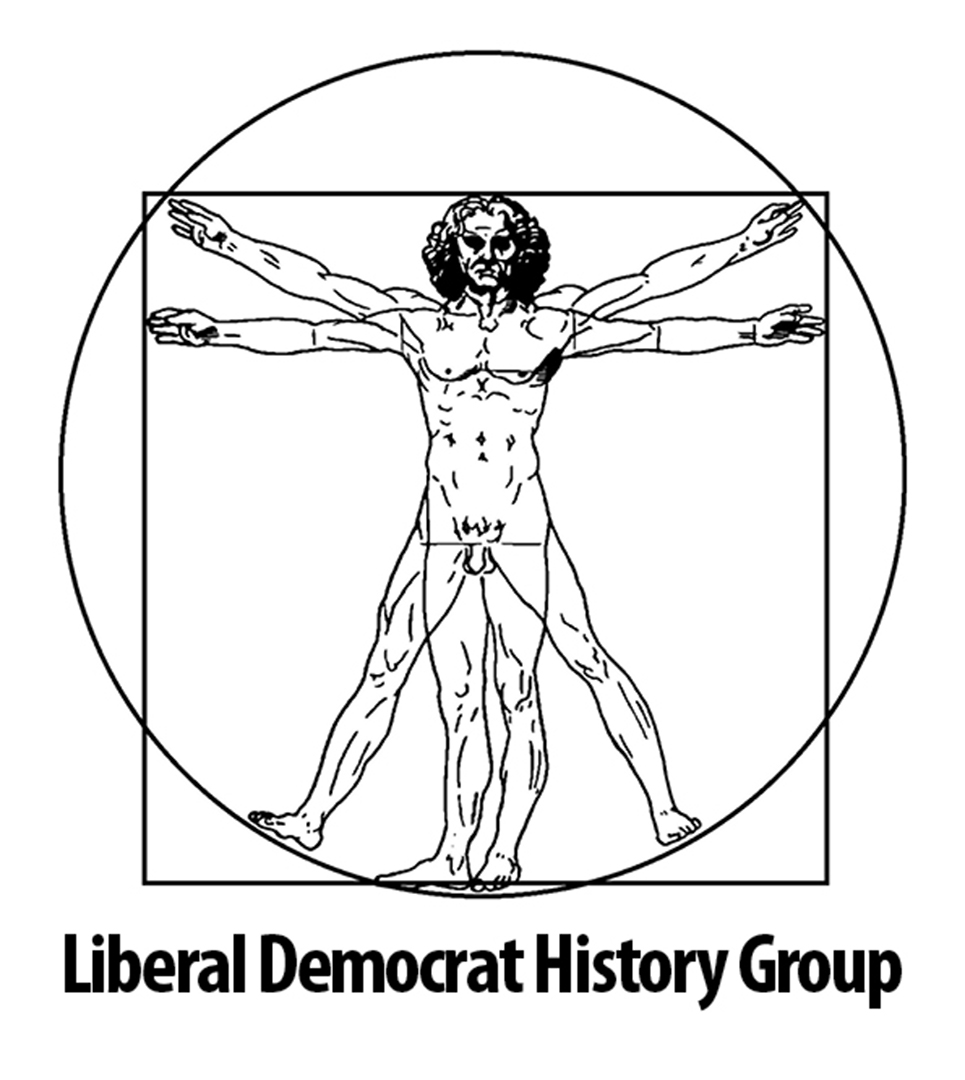Whigs, Peelites and Radicals were meeting together to overthrow a minority Conservative government.
A letter by Sidney Herbert to his wife: June 6th 1859
I am just returned in a state of liquefaction from Willis’s Rooms. There were about 280 Members present, which is thought very large, as the Irish Members are not yet come over in any number. Pam., first got upon the raised dais and when he helped Johnny up by the hand there was a droll burst of cheering. Pam. spoke shortly and well, described the challenge in the Queen’s dissolution speech, alluded to the failures of the government in legislation, and the danger of their involving us in a war, said that he and Johnny were at one (great cheering). Then there was a pause and a call for Lord John, who spoke in the same sense, and said, if the vote succeeded it was necessary to look forward, and if the Queen sent for Pam., he, Johnny, would cheerfully co-operate with him in the formation of a government broad basis, etc. and then Pam. Whispered to him, and he added as much for Pam. Then calls for Bright, who spoke in a for him- decent manner enough; said the differences had been in the party as well as the leaders, and the fault of the leaders. Wanted some clearer assurance about war, but upon the whole promised co-operation. Pam. Gave the clearer assurance, and I got up; said I also came from below the gangway (here comes Edward who says it is post time). I preached union, said I did not mind if we were beat, as if we were a minority we should know our place and watch, but also support the government in all national matters. Then came Mr. E. James, Mr. Loch, Mr. Monckton Milnes, Mr. Roebuck, Mr. Horsman, Mr. Lindsay, Mr. Ellice, Col. Dearing. The underlined men against. Roebuck very ill received, Horsman only raising difficulties, and wanting to put it off for ten days, but the rest all for. So the proposition was put and carried amidst loud cheers, and Lord Hartington and Mr. Hanbury are to move and second the identical amendment which Peel carried against Lord Melbourne in 1841. On the whole it was very successful, no one objecting who was not expected to do so and others concurring who had not been reckoned on.
Source: Lord Stanmore, Sidney Herbert, Lord Herbert of Lea, a Memoir, 2 Vols, John Murray, 1906, (Vol 2 p158-9).

